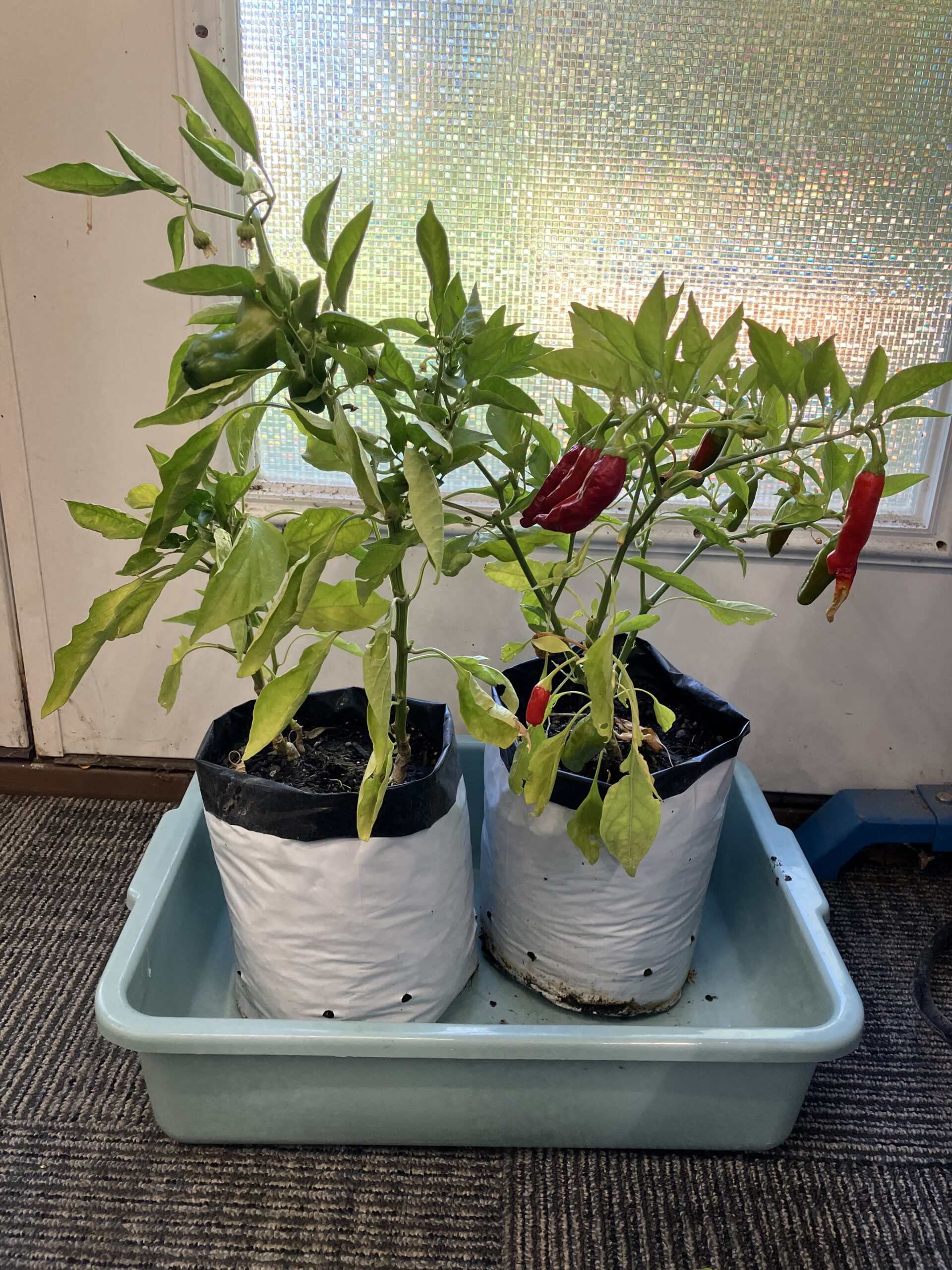8.1 Indoor Growing

8.1 Indoor Growing
Creating an Indoor Growing Environment
Setting up an effective indoor growing space requires careful attention to light, temperature, and humidity control. A dedicated area with adjustable shelving allows you to maximize vertical space while maintaining easy access to your developing plants. Temperature stability is crucial for seed starting, so choose a location away from drafts and heating vents. Consider using heat mats to maintain consistent soil temperatures, particularly important for warm-season crops like tomatoes and peppers. While sophisticated grow lights can be beneficial, many gardeners successfully start seeds using standard fluorescent shop lights, positioned just a few inches above the developing seedlings.
Managing Seedling Development
Once seeds germinate, maintaining proper growing conditions becomes crucial for developing strong, healthy transplants. Provide 14-16 hours of light daily, adjusting light height regularly to keep fixtures just above plant level. Air circulation is vital for preventing fungal issues and developing strong stems – use small fans to create gentle air movement. Begin fertilizing with quarter-strength solution once true leaves develop, gradually increasing to half-strength as plants grow. Regular rotation of trays ensures even growth, while careful monitoring helps catch and address any issues early.
Hardening Off Process
The transition from indoor growing to outdoor conditions requires a careful hardening off process to prevent transplant shock. Begin by moving seedlings to a protected outdoor location for short periods, gradually increasing exposure time over 7-10 days. Start with an hour or two of indirect sunlight, slowly working up to full sun exposure. Monitor plants carefully during this process, watching for signs of stress like wilting or leaf discoloration. Wind exposure should also be gradually increased, helping plants develop stronger stems before final transplanting.
Transplanting Techniques
Moving seedlings to larger containers or grow bags requires attention to timing and technique. Wait until seedlings have developed strong root systems but before they become rootbound. Water plants thoroughly before transplanting to help soil hold together and reduce root damage. When moving to grow bags, prepare the growing medium in advance, ensuring proper moisture levels and incorporating any needed amendments. Handle seedlings by their leaves rather than stems to prevent damage, and plant them slightly deeper than their original growing depth to encourage strong root development.
Utilizing Season Extension Methods
Simple season extension techniques can dramatically expand your growing window. Creating temporary hoop houses using clear plastic sheeting and flexible PVC pipe provides protection from late spring or early fall frosts while allowing adequate ventilation. These structures can be easily placed over grow bags, providing a protected environment that allows earlier outdoor placement or extended fall growing. Monitor temperatures carefully within these structures, as they can heat up quickly on sunny days. Installing simple roll-up sides allows for quick ventilation when needed.
Temperature Management
Maintaining appropriate temperatures throughout the growing process is crucial for plant development. Most seeds germinate best between 65-75°F, though specific requirements vary by species. Heat mats can provide bottom heat for germination, while adjustable thermostats help maintain consistent temperatures. When using season extension methods like hoop houses, monitor both day and night temperatures carefully. Consider using floating row covers inside hoop houses for additional frost protection during critical periods.
Light Management
While natural light is ideal for established plants, supplemental lighting is crucial for indoor seed starting. Position lights to provide even coverage, adjusting height regularly as plants grow. Timer systems help maintain consistent day length, crucial for preventing leggy growth. When transitioning to outdoor growing, pay attention to light intensity and duration, using shade cloth if needed to prevent sunscald during the hardening off process.
Humidity and Ventilation
Managing humidity and air circulation prevents many common seedling problems. While high humidity benefits germination, reduced humidity and good air movement help prevent damping off and other fungal issues as seedlings develop. Simple humidity domes over seed trays can be gradually removed as plants emerge. Proper spacing between plants and the use of fans for air circulation becomes increasingly important as seedlings grow.

